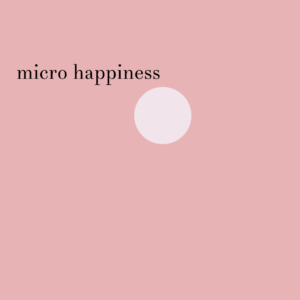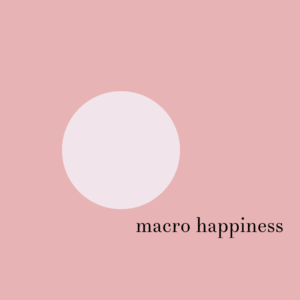HAVE YOU EVER WONDERED…
how certain spaces and surroundings make you feel? Have you ever thought about how everything in your life is interconnected? Have you heard that happier parents raise happier children? What about your organization? Have you ever thought of transforming it into a better, happier place, and thus overall more successful? Do you know that there is a link between happiness and success? The list of questions can go on… Keep reading if you are interested to know more.
INTRO
Some people call it wellbeing, some chose the word happiness, others like to use the word wellness, and others’ preference is well-living. I mostly use happiness and well-living. However, we can use all these words interchangeably. They are not exactly the same, but they all contribute to a better life.
As an example, happiness cannot be universally defined or determined. It can be approached as the concept of beauty – we might no be able to define it, but we know when we see it. Similarly, we might not be able to define happiness, but we know when we experience it.
The basis of the work (at HERÍA) is the SPIRE model based on the science of happiness (about which you can read below). The goal is to infuse the hearts’, minds’ and bodies’ of individuals with happiness as well as to transform organizations, communities, etc. into better and more successful systems.
Additionally, by completing the SPIRE model (which already consists of 5 pillars of wellbeing) with the 6th pillar – environmental wellbeing, we gain the knowledge and tools to also infuse spaces with happiness, to create stimulating environments that support wellbeing. And that’s how the well-living concept was born.
SCIENCE OF HAPPINESS
My work is based on the happiness studies which is an interdisciplinary field that merges different disciplines to shed a light on happiness: positive psychology, economics, philosophy, neuroscience, art, literature, sociology, physics, biology, history, etc.
Science of happiness explores the works of great minds throughout history (their writings, artworks, etc.) as well as the works of modern researchers, writers, economists, artists, etc. who contribute to the study of happiness.
“What is human’s chief concern? It is happiness.”
William James
Happiness interventions are evidence-based and are relevant for individuals, relationships, organizations, cities, and nations.
The science of happiness focuses on what is working well, highlights best practices and explains what makes certain individuals/organizations succeed.
HAPPINESS INTERVENTIONS
I offer happiness/wellbeing interventions at the following two levels:
MICRO HAPPINESS – for individuals, families, relationships (small systems)
MACRO HAPPINESS – for communities, organizations, institutions, cities (big systems)
TOOLS, MODELS, INSPIRATIONS
The basis of my work is the SPIRÉE model. Nevertheless, other well-established wellness models (e.g. Wellness Energy System by John W. Travis), insights from the blue zones (the concept introduced by Dan Buettner), as well as various coaching tools are also explored.
SPIRE model was co-created by Dr. Tal Ben-Shahar (my teacher and mentor known as the professor who taught Harvard’s most popular class). Nevertheless, I complemented the model with “É” which stands for the environmental wellbeing and on which the accent is put. As a result, the SPIRE model evolved into the SPIRÉE model which comprises the following elements:
SPIRÉE MODEL
Spiritual wellbeing
Physical wellbeing
Intellectual wellbeing
Relational wellbeing
Énvironmental wellbeing
Emotional wellbeing
SPIRÉE derives from the French language and is a type of plant. By applying this model we can all grow, develop and flourish; as an individual, a partner, a parent, a businessman/woman, an organization, a community, a city, etc.
This is not the end. Since I have been in this field for some time and it all begun with a personal work (quite a lot) I also take inspirations from many other speakers and authors. All this to create my own approach towards well-living and serve it forward to others in a simple way, the best I can.
WHY INVEST IN HAPPINESS?
Cultivating happiness leads to:
- better personal and professional relationships,
- better productivity & performance,
- higher levels of energy,
- stronger immune system, resilience & longevity,
- more kindness & generosity,
- higher levels of creativity & engagement,
- lower levels of burnout & retention,
- overall success.
“(…) for whenever you learn something new, the whole world becomes that much richer.”
Norton Juster
HOW CAN WE COOPERATE?
If you wonder how we can collaborate, below are some examples of possible forms of cooperation.
I am available for:
- delivering webinars, lectures, and workshops,
- designing courses,
- leading meditations, creating custom-made meditations,
- conducting individual consultations,
- designing strategies (consulting) regarding well-living (happiness & wellbeing),
- creating spaces with a well-living concept (infusing them with wellbeing and happiness),
- designing wellbeing experiences (retreats, services, etc.),
- conducting organizational happiness/wellbeing programs,
- organizing and leading retreats.




